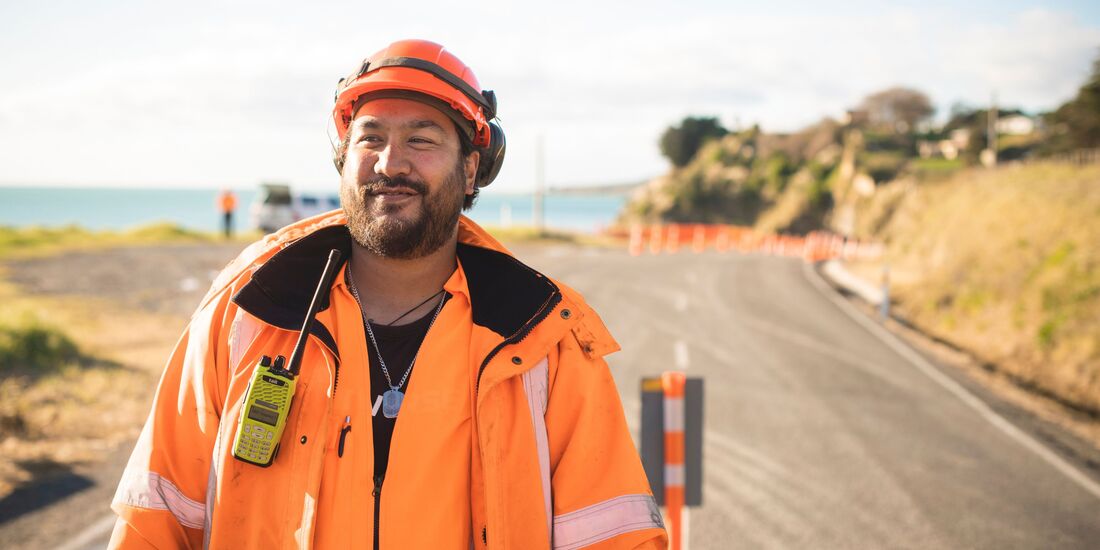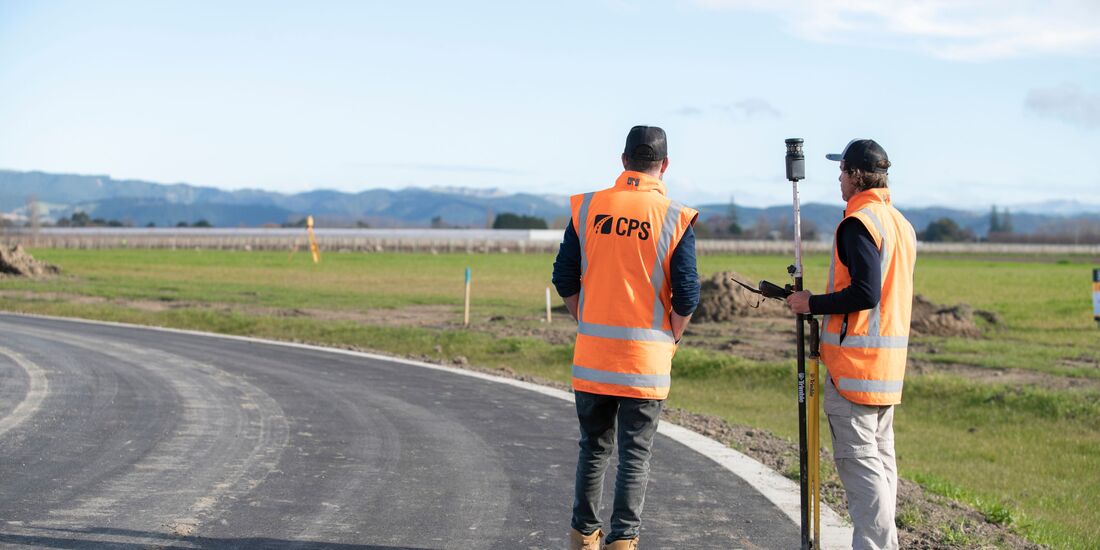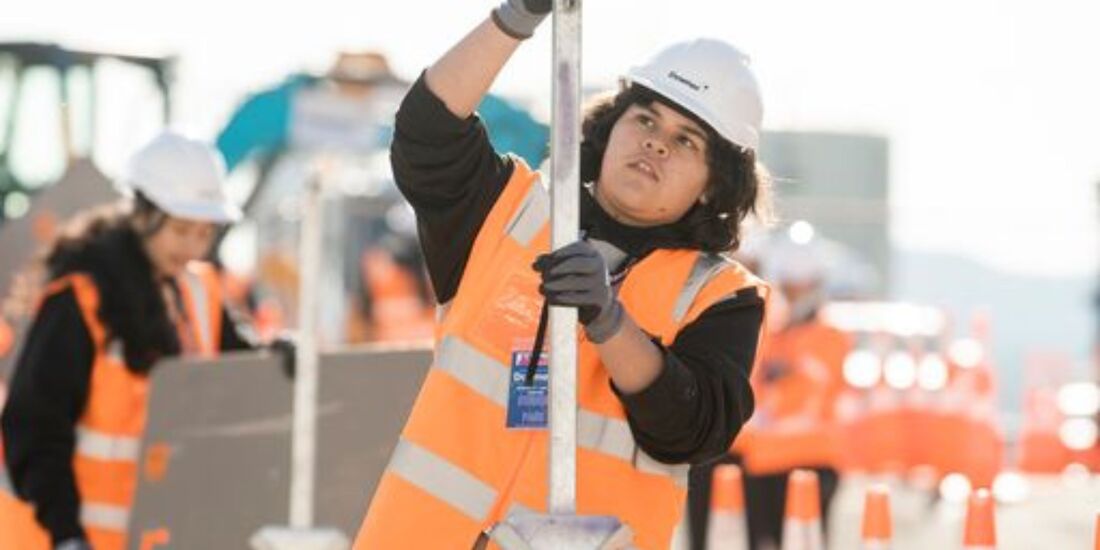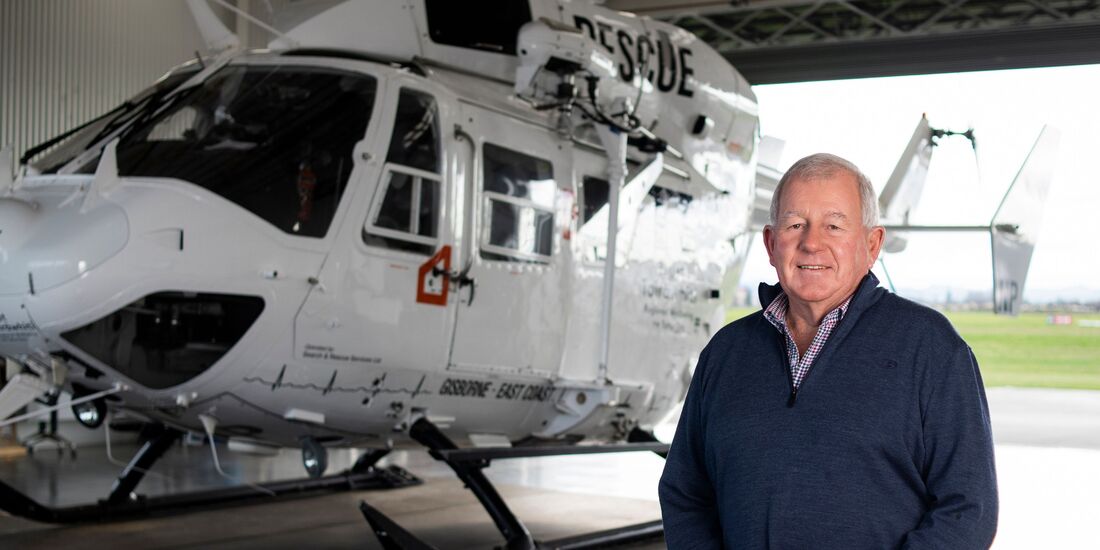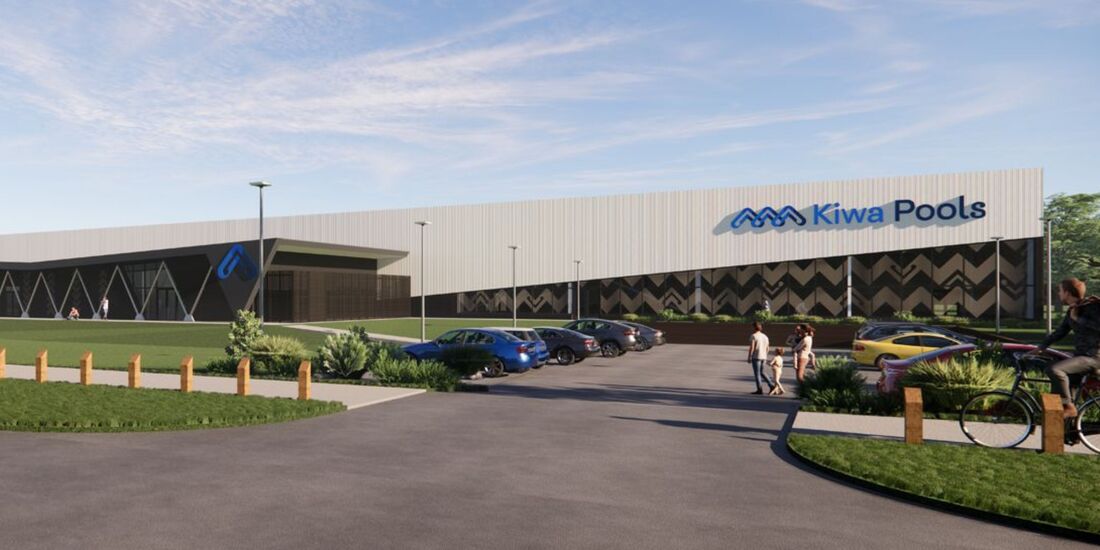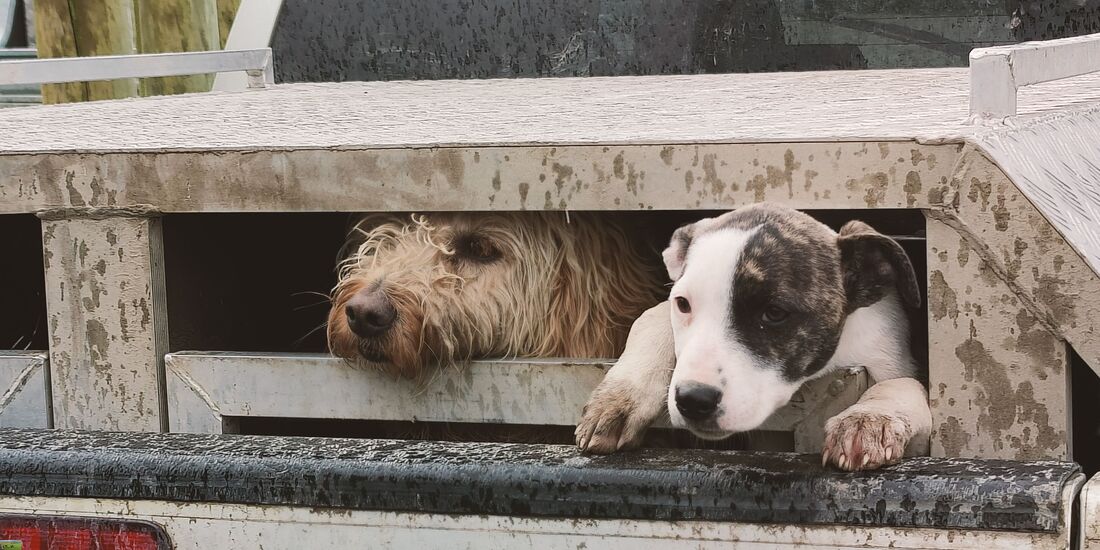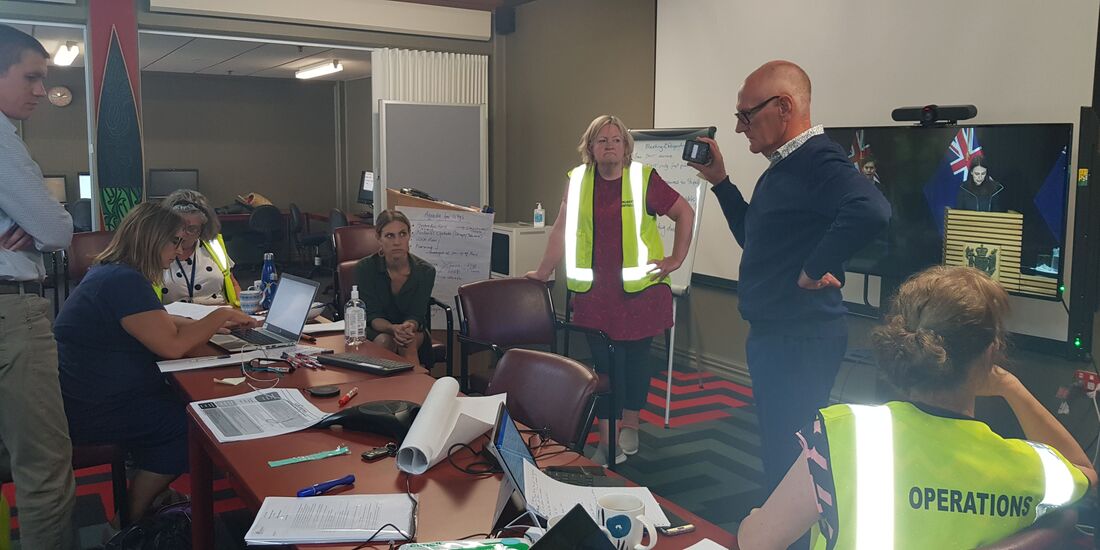|
Turanga Health, Tairawhiti
I've worked with iwi health organisation Turanga Health since 2005 producing internal newsletters, advertorial, websites, annual reports, and news releases. In 2013 I helped Turanga Health create its winning entry for the Community Excellence Category of the Westpac Gisborne Business Excellence Awards. In 2023 we produced an exclusive book documenting Turanga Health staff mahi called Mānuka Takoto Kawea Ake, I Whakaaetia Te Wero, Working in a Pandemic: March 2022. This limited edition coffee-table book captured the gritty reality of working alongside the public as the Covid-19 Omicron strain ripped through Tairāwhiti. turangahealth.co.nz |
|
Quality Roading and Services, Wairoa
Civil contracting company Quality Roading and Services in Wairoa is connecting and growing the communities it works in. By 2035 it aims to be New Zealand’s preferred construction company. It's staff are the driving force behind the company's success and Redpath Communications helps tell the world. I manage its website, social media and advertising, and generate good news stories for media. I’ve supported QRS with written award entries. The company has won two Civil Construction New Zealand awards, and in 2020 won the Hawke’s Bay Chamber of Commerce Supreme Business Award. qrs.co.nz |
|
CPS Civil Project Solutions, Gisborne and New Zealand
Civil Project Solutions project manages civil infrastructure, commercial new builds and large-scale alternations around New Zealand. In 2022 it's owners and operating manager wanted a new website to reflect the work it was doing around New Zealand. Immediately we knew imagery would be key to the story-telling process. The company and I worked with Strike Photography, and I wrote the copy. In 2022 we also produced a capability statement providing an overview of what the company does which is now used by senior managers when promoting the company. civilprojects.co.nz |
|
Downer, Gisborne
I have supported Downer Gisborne with locally-targeted media communications. These have included regional story-telling around the Girls with Hi-Vis initiative and the Tokomaru Bay Bridge work after the March 2022 cyclone. The Gisborne-based branch wanted communications support from someone who knew the area and the local community. downergroup.co.nz |
|
Eastland Helicopter Rescue Trust, Tairawhiti
Eastland Helicopter Rescue Trust (EHRT) is saving time and saving lives on the East Coast with the Trust Tairāwhiti Rescue Helicopter. Trustees were delighted in November 2022 when, after considering a robust funding application written by Redpath Communications, Trust Tairāwhiti committed to another five years of future funding. In the same year Redpath Communications wrote the words for the Helicopter Trust’s most recent website. Trust members wanted more imagery, clearer messages, and a way to make it easier to donate to the Trust. I worked with Strike Photography and Draggnett Design. eastlandrescue.co.nz |
|
Gisborne District Council
Construction of Tairāwhiti’s new pool facility, Kiwa Pools started in 2021. Redpath Communications supported Gisborne District Council in early communications about the project. It was a fluid project with early communications needed about the funding model and the facility’s changed location. Iwi, stakeholders, and the public were supported to understand the new information. Collateral at this time included information posters, web pages, and media releases. gdc.govt.nz |
|
Fergus Rural, North Island
Rob Fergus has expanded his successful livestock consultant company Fergus Rural over the past five years adding environmental solutions and farm management to the range of services. Rob wanted his staff to have a captivating and professional pamphlet to be able to leave with clients. We then created an up-to-date website for better promotion of the new services. fergusrural.co.nz |
|
Te Whatu Ora Tairawhiti
In 2020 I was seconded into the Covid-19 Lockdown emergency communications team at Te Whatu Ora Tairawhiti (then Hauora Tairawhiti) . I joined other specialist communicators reporting to the Director of Communications. As a former print journalist I slotted into the role of media release writer. It was an extraordinary and urgent time and I will never forget being in the Emergency Operations Centre when the Prime Minister announced the first lockdown. Well-conceived messaging helped ensure public safety and facilitate fast response efforts. It was our job to help instill public confidence in the strange new environment we now found ourselves in. My secondment lasted seven weeks. Work towards the end of my time focussed on staff profiles, story-telling, and features. Te Whatu Ora Tairawhiti |
|
Eastland Port, Gisborne
Located in the heart of Gisborne Eastland Port owned by Eastland Group is New Zealand's second-largest log exporter. Between 2017 and 2019 I provided communications support to port staff. Much of the work during that time concentrated on public relations and marketing about the twin berth planned development and the port's care for the community and the environment. More recently I have supported Easltand Port by profiling customers as it seeks to share their positive experiences with stakeholders and the public. Eastland Port |


